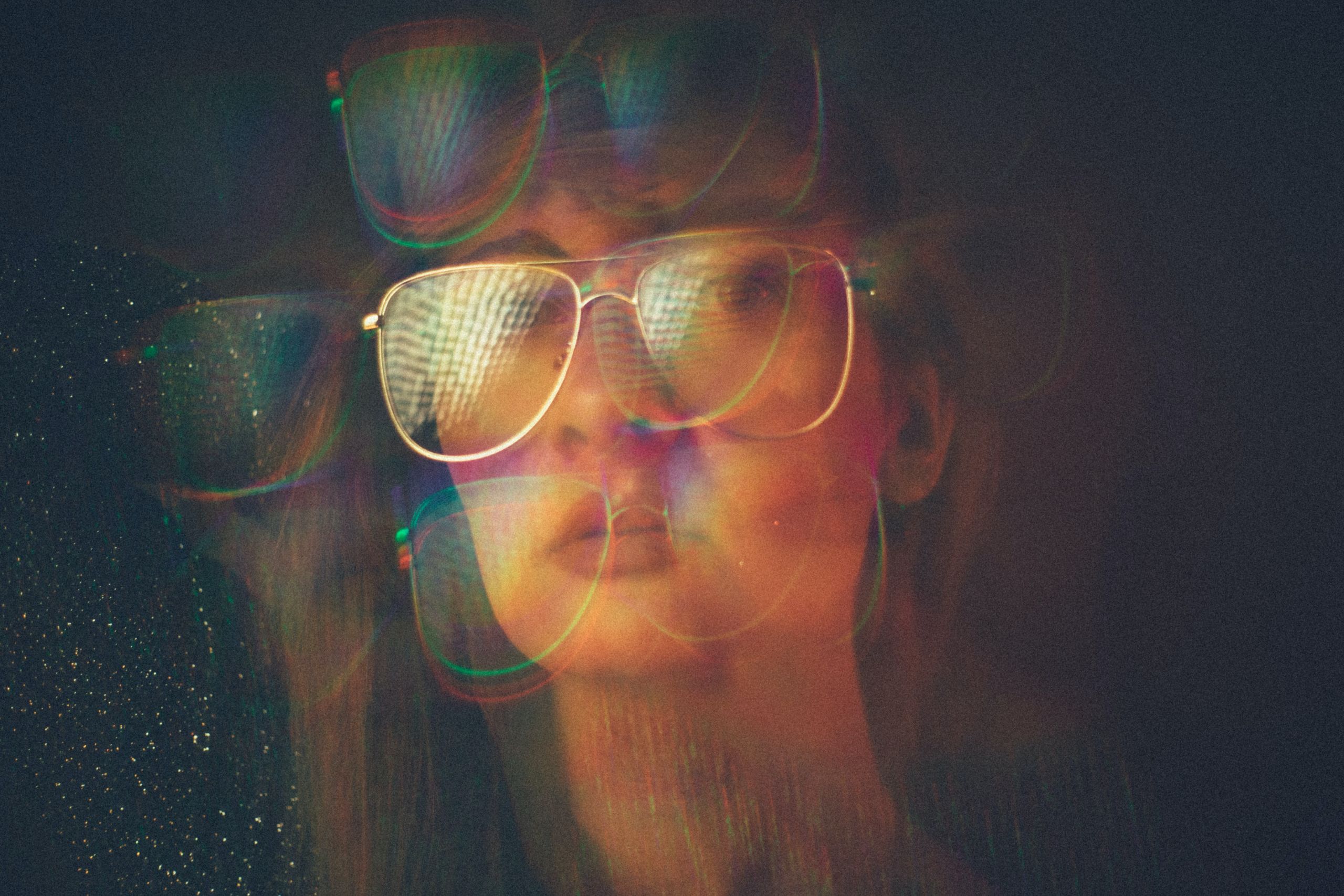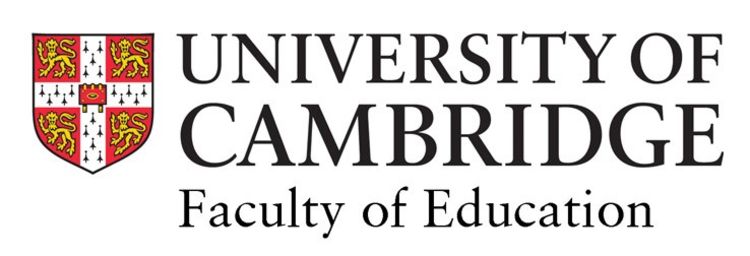Inside the Upside Down
How Secret Cinema’s Stranger Things offered lessons in strange new ways of thinking

Fans of the hit Netflix series, Stranger Things, have known for some time that life in Hawkins – the show’s 1980s small-town US setting – is far from normal.
There were the covert government experiments with mind control, for example; the intrusions by ravenous creatures from another dimension, and the constant abduction of citizens to an alternate reality known as ‘The Upside Down’. With trailers now out for season four, fresh theories are also circulating about what exactly happened to police chief Jim Hopper after last season’s denouement, in which the hideously-tentacled Mind-flayer demolished Hawkins’ shiny new Starcourt Mall.
According to one new critical analysis, however, our relationship with hugely successful series like Stranger Things, and particularly some of the more performative acts of fan-worship around them, also provides us with a template for new ways of thinking and engaging with the world which, arguably, are stranger still.
In a new issue of the journal, Performance Research, the University of Cambridge academic, Dr Annouchka Bayley, describes her chance involvement in a 2019 Stranger Things event run by the participatory performance company, Secret Cinema. In its homage to Hawkins, participants were invited to a mocked-up Starcourt Mall, where they assumed identities based on the show’s world, solved mysteries, and shopped in 80s-themed retail outlets.
Bayley argues that the immersive performance was an example of ‘diffraction’; a term borrowed from quantum mechanics, which in the arts refers to adventurous, and frequently weird, thinking and learning strategies. Used intelligently, these can help us to reappraise some of our most urgent problems by thinking creatively about participation: what this means in the modern era and how we can change modes of participation inventively. This becomes important when tackling complex, 21st century problems such as climate change, population growth and the digital revolution.
"It’s sort of arguing: go as far as you want with a different approach to engaging with an idea, get entangled with it, but then bring it back and see what it does to your thinking."
Diffraction is a posthumanist concept: rather than seeing ourselves as separate from our environment and each other, it invites us to see ourselves as an entangled part of a larger whole, and to explore how differences are created ‘from the inside’. Technology, for example, becomes more clearly an extension of our being when we recognise that much of who we are is now mediated through screens or processed as data. Similarly, the environment ceases to seem distinct from us when we examine, close-up, our reliance upon it.
Bayley is based at the Faculty of Education, University of Cambridge, where she examines how diffractive methods can be used in teaching and learning – arguing that ‘downloading’ information from books and classes may not always be the best approach. “Diffraction involves some pretty crazy methodologies,” she said. “It’s sort of arguing: go as far as you want with a different approach to engaging with an idea, get entangled with it, but then bring it back and see what it does to your thinking.”
One means of doing this is to use techniques from the performing arts. The issue of Performance Research, which Bayley edited, draws together examples of how scholars in that field have reappraised concepts by ‘living’ them. One contribution, for instance, examines how wearing digital technology changes our relationship with it. Another explores how the powerful Stones of Memory initiative in Vienna, which marks sites inhabited by victims of the Holocaust, has caused citizens and visitors to confront the city’s traumatic past by – literally – tripping over it in the streets.
For her own article, Bayley assessed both the Secret Cinema event and Stranger Things as a series, as diffractions of each other. Hawkins, she argues, is a ‘diffracted’ world. Not only does it feature entangled dimensions; critics have also noted the importance of its 1980s setting as that of a digitally-innocent age that was also on the brink of the interconnected, post-human world we know today. Part of the show’s huge nostalgic appeal, Bayley reflects, may be that it diffracts both past and present: bringing viewers closer to a recognisable world to which they simultaneously know they will never return. In that sense, it encourages us to think about how we got to ‘now’.
Such feelings are accessed partly via Stranger Things’ innumerable pop-culture tropes and moody, synthwave soundtrack, but also through its characters. Bayley is particularly fascinated by the role of touch in the story. Its chief protagonist, ‘El’ – a child with psychokinetic abilities – initially sees the Upside Down as we do: as a spectator. During one crucial episode, however, she touches one of its creatures, and Hawkins’ dimensions become entangled.
"I was standing in Starcourt Mall, a spectacle of early 1980s corporate consumption, that was simultaneously real."
Similarly, Bayley found that being able to step inside and touch the world of Stranger Things as a character sharpened her sense of some of its deeper concepts. She describes being at the Secret Cinema version as being between dimensions: that of her own reality, and that of a 1980s fiction where she had to use payphones, filing cabinets and early computers, to get to the bottom of some new weird goings-on in Hawkins.
This, she argues, is an example of diffraction in practice: “I was standing in Starcourt Mall, a spectacle of early 1980s corporate consumption, that was simultaneously real. I was an audience member, but also an actor, and also a citizen and shopper. I was simultaneously living in a version of the 1980s, and viewing it from a 21st-century perspective.”
The experience was particularly profound because, unexpectedly, her actor-guide for the evening turned out to be a former student. Because they had to stay in character, when the pair shook hands, they were both enacting a reunion in real life, and in the Secret Cinema set-up. “We ended up playing a sort of game which blurred our real-life relationship and the imagined one,” Bayley said.
This intertwining of time periods, relationships and ideas, took her closer to aspects of Stranger Things that normally only bother higher-brow TV critics and diehard fans. For example, by stepping into this version of the past Bayley found herself thinking about how the decisions we take, and the marks we leave through our actions, often have an impact that is unknowable and impossible to gauge.
This, she adds, is one diffractive reading of the show: with its supernatural elements functioning almost as an allegory for the indeterminable possibilities our actions might unleash. Those ideas apply not only to Stranger Things’ sci-fi horror elements, however; more subtly, they also crop up in some of the characters’ personal stories.
The thinking possibilities offered by analysing Stranger Things through the concept of diffraction are highly relevant to Education Studies – a field hit by an urgent need to rethink itself in the (even stranger) circumstances of the pandemic – Bayley suggests. Stepping into the show’s world, she found, illuminated alternative ways of seeing world problems, and so offered new pathways to its solutions. “In a similar way, there are huge possibilities when one considers how engaging with ideas from inside the ideas themselves could be used in educational settings,” she said. “This was one small example of how we can enter ideas by performing them, and through that, rethink what shapes the world we live in.” To put it another way, once you’ve touched the world of Hawkins, things will never be quite the same again.

